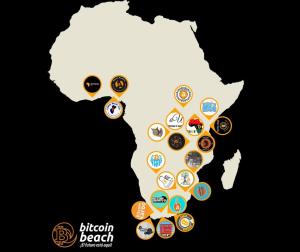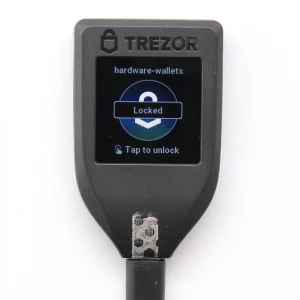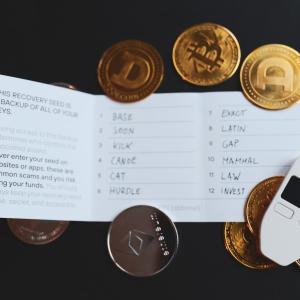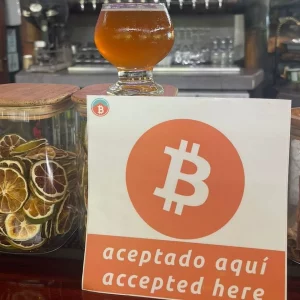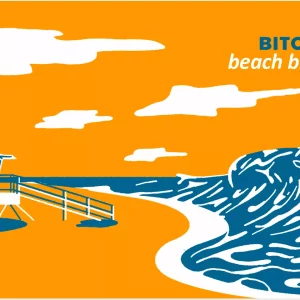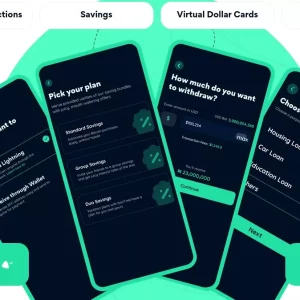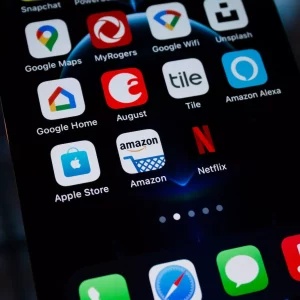As a seasoned user of Child-Pays-For-Parent (CPFP), I’m excited to share my knowledge and experience. In this article, I’ll delve into the world of CPFP, explaining what it is, how it works, its benefits, and more.
I’ve encountered the occasional slow-moving transfer. Let’s face it, waiting for a confirmation can be nerve-wracking. Child-Pays-For-Parent is a transaction mechanism in the Bitcoin network designed to expedite the confirmation of transactions that are stuck due to low fees. In essence, CPFP allows you to incentivize miners to confirm a transaction by creating a new transaction (the “child”) that spends the unconfirmed transaction (the “parent”) with a higher fee. Miners, seeking to maximize their profits, are motivated to include both the parent and child transactions in a block because they collectively offer a higher fee.
How Does Child Pays for Parent Work?
Child-Pays-For-Parent in Bitcoin works by leveraging the fact that miners prioritize transactions based on the fee per byte. When a parent transaction has a low fee and is stuck in the mempool (the pool of unconfirmed transactions), you can create a child transaction with a significantly higher fee. The child transaction spends the output of the parent transaction by effectively bundling the two together.
Miners then see the combined fee of the parent and child transactions as a single package. If the total fee is attractive enough, they will include both transactions in the next block they mine. This strategy ensures that the parent transaction gets confirmed even though it initially had a low fee.
Here’s the technical breakdown:
- You have a stuck transaction (parent) with a low fee.
- You create a new transaction (child) with a higher fee.
- The child transaction spends the unconfirmed funds from the parent transaction.
- Miners prioritize the child transaction due to its higher fee.
- Since the child transaction spends the parent’s output, miners need to confirm the parent transaction first for the child to be valid.
- Both transactions get confirmed, and your original transfer goes through.
How to Use Child-Pays-For-Parent?
Not all wallets support CPFP transactions. Make sure yours does before attempting this process. Using CPFP involves a few straightforward steps:
- Identify the Stuck Transaction: Determine the transaction that is pending and has a low fee.
- Create a Child Transaction: Craft a new transaction that spends the output of the stuck (parent) transaction.
- Set a High Fee for the Child Transaction: Assign a sufficiently high fee to the child transaction to make the combined fee per byte of the parent and child attractive to miners.
- Broadcast the Child Transaction: Send the child transaction to the network.
Wallets that support CPFP transactions will often have built-in features to facilitate these steps, making it easier for you to implement this strategy without in-depth technical knowledge.
Benefits Child-Pays-For-Parent
CPFP offers several key benefits:
- Faster Confirmation Times: By boosting the overall fee, CPFP helps ensure that transactions get confirmed more quickly.
- Increased Control: You have more control over transaction confirmation times, especially in times of network congestion.
- Flexibility: CPFP provides an alternative to other fee bumping mechanisms like Replace-By-Fee (RBF).
- Network Efficiency: Encourages optimal use of block space by ensuring that even transactions with initially low fees can be confirmed in a timely manner.
How to Calculate CPFP Fee?
There’s no one-size-fits-all answer, but you want the child transaction fee to be high enough to incentivize miners without overpaying excessively. Some wallets offer built-in fee suggestions for CPFP. Many wallets offer built-in fee estimation tools or allow you to set custom fees. You can also online CPFP calculators or explore community forums for current recommended fees.
Calculating the CPFP fee involves determining the total fee needed to make both the parent and child transactions attractive to miners. A good rule of thumb is to set a fee slightly higher than the average network fee. Don’t go overboard with the child transaction fee. You only need enough to make it attractive to miners compared to other transactions in the queue.
Here’s a step-by-step guide:
- Calculate the Parent Transaction Size: Determine the size of the parent transaction in bytes.
- Calculate the Child Transaction Size: Determine the size of the child transaction in bytes.
- Set the Target Fee Rate: Choose a competitive fee rate per byte based on current network conditions.
- Calculate the Total Fee Needed: Multiply the combined size of both transactions (parent + child) by the target fee rate.
- Determine the Child Fee: Subtract the fee already paid by the parent transaction from the total fee needed. The result is the fee to be set for the child transaction.
For example, if the parent transaction is 200 bytes with a 20 satoshis/byte fee and the child transaction is 150 bytes, aiming for a 50 satoshis/byte rate:
- Parent fee: 200 bytes * 20 sat/byte = 4000 satoshis
- Combined size: 200 bytes + 150 bytes = 350 bytes
- Total fee needed: 350 bytes * 50 sat/byte = 17500 satoshis
- Child fee: 17500 satoshis – 4000 satoshis = 13500 satoshis
What is the Difference Between CPFP and RBF?
While CPFP and Replace-By-Fee (RBF) both aim to expedite transaction confirmations, they operate differently. CPFP relies on miners including both transactions in a block due to the higher child fee. RBF, on the other hand, cancels the parent transaction altogether and replaces it with a new one with a higher fee. Not all wallets support RBF, and it can be more complex to use.
CPFP is often used when the sender cannot modify the original transaction, such as when the sender is different from the receiver, or the original transaction’s fee settings do not support RBF.
Dig deeper: What is Replace-By-Fee (RBF?)
Wallets Supporting Child Pays For Parent
Several popular wallets offer CPFP functionality, including the following:
This list is not exhaustive, and it’s always best to check your specific wallet’s documentation for confirmation.
Child Pays for Parents Transactions
Child Pays For Parent is a valuable tool for any Bitcoin user who’s ever encountered a stuck transaction. It’s a simple yet effective way to get your transactions confirmed faster without incurring additional fees for resending. So, the next time your Bitcoin seems stuck in the mud, remember CPFP – it might just be your saving grace.
This information is based on my personal experience and knowledge of Bitcoin. It’s always advisable to consult your wallet’s documentation and stay updated on the latest developments in the Bitcoin space.


